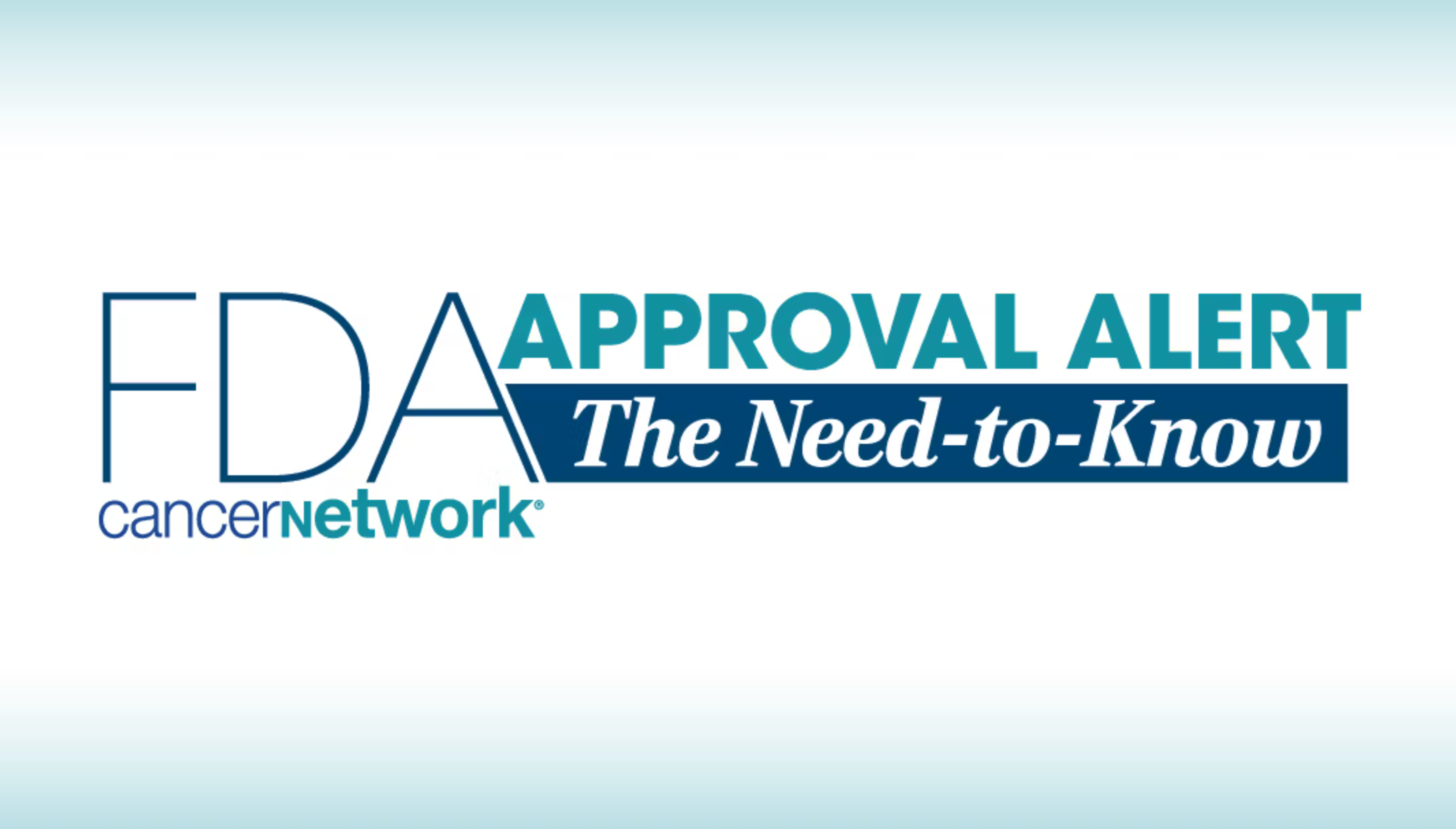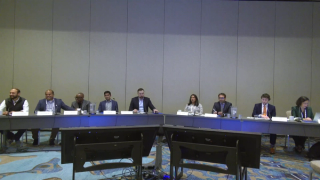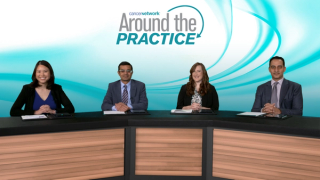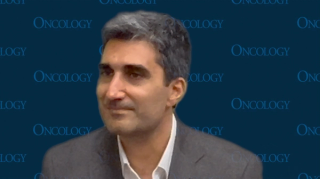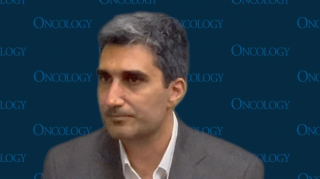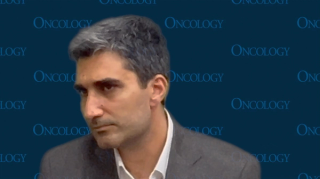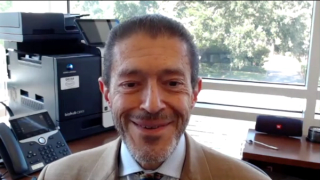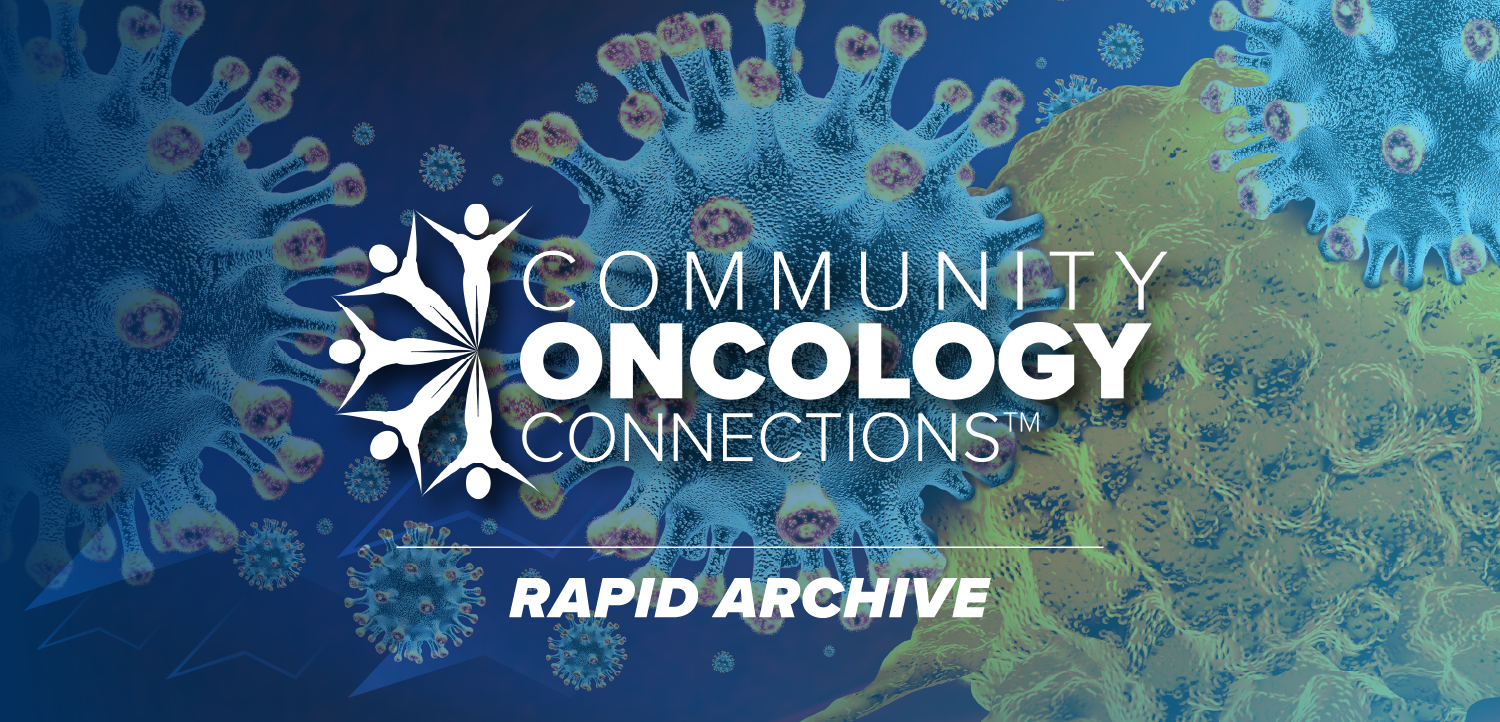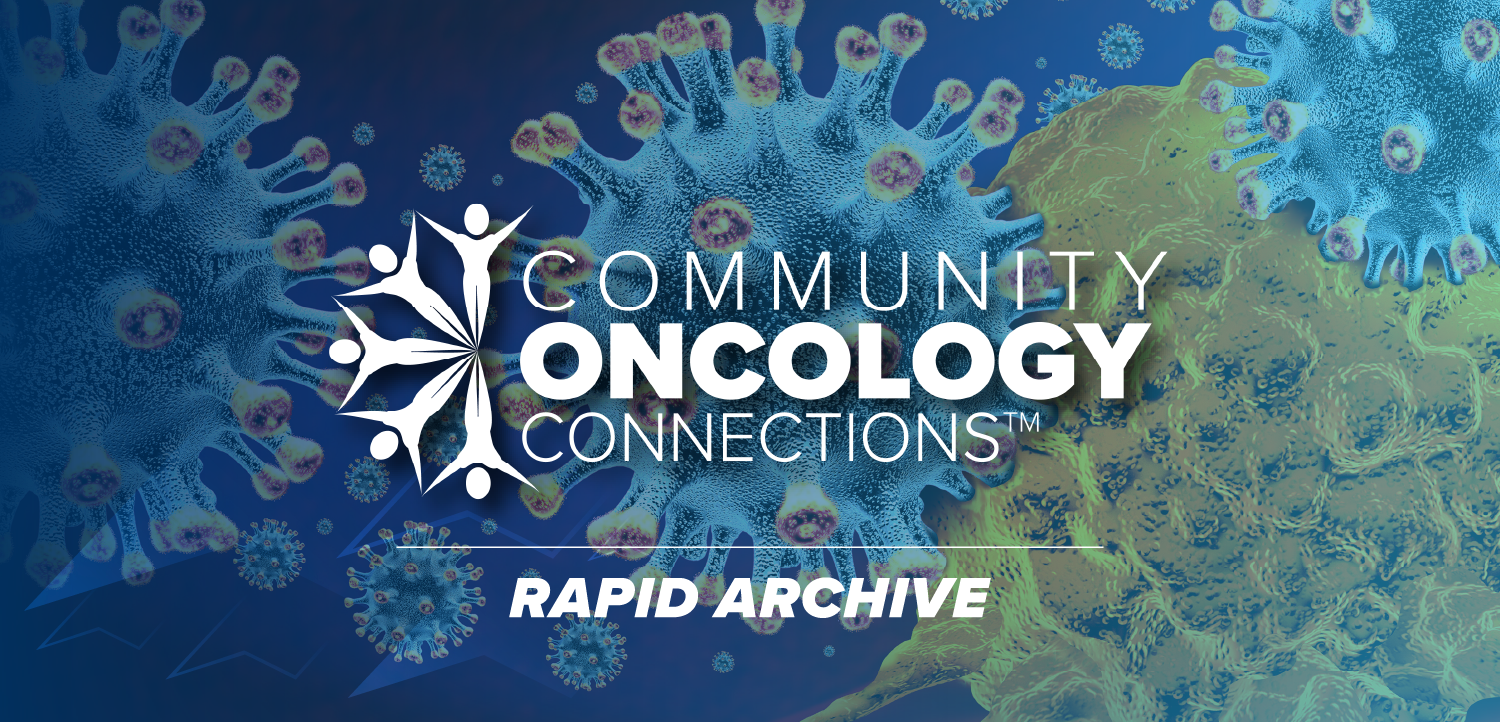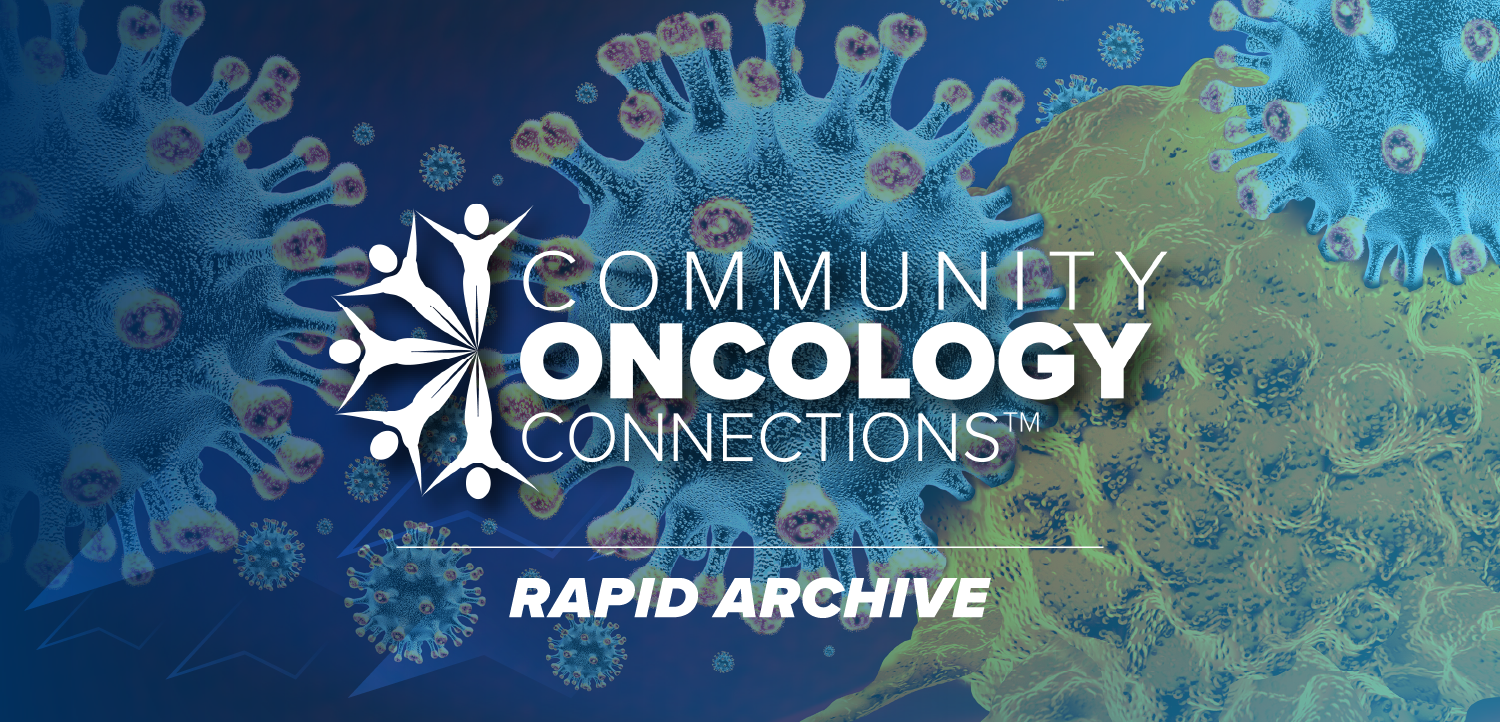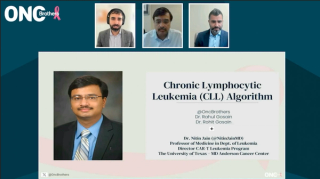
Leukemia
Latest News
Video Series

Latest Videos
Shorts
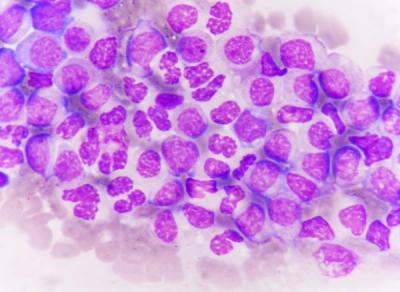
Podcasts
CME Content
More News

The FDA has set a Prescription Drug User Fee Act date of June 18, 2026, for approving this formulation of nilotinib in chronic myeloid leukemia.

Based on the Good Manufacturing Practice observations, the FDA has given a complete response letter for dasatinib for patients with CML/ALL.
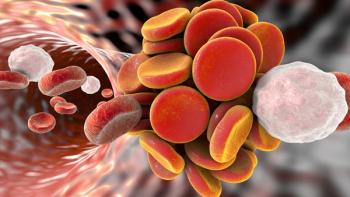
A phase 1 trial is evaluating UB-VV111 with and without rapamycin as treatment for patients with CLL and LBCL who received at least 2 prior therapies.

An indirect comparison supports continuous therapy with zanubrutinib as a valuable treatment option in treatment-naïve CLL or SLL.

Data from KOMET-001 support ziftomenib as a new potential option for patients with relapsed/refractory NPM1-mutated acute myeloid leukemia.

Ziftomenib yielded a median overall survival of 16.4 months in responders with NPM1-mutant AML who received ziftomenib in the phase 1b/2 KOMET-001 trial.

Results from the phase 3 BRUIN CLL-313 trial show that OS trended favorably for pirtobrutinib vs chemoimmunotherapy in this CLL and SLL population.
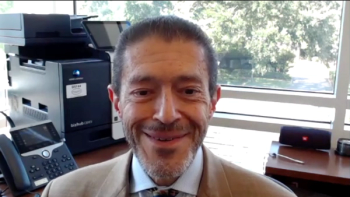
The toxicity profile of interferon and the limited availability of transplantation established a need for TKI development for chronic myeloid leukemia.

Jorge Cortes, MD, believes that, despite the rapid improvements made in CML treatment, there is always more to be done to help patients.
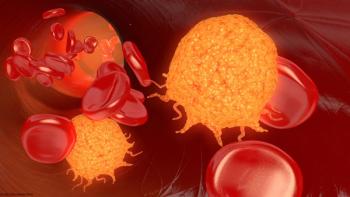
Both experimental models significantly improved upon historical clinical risk trial groups for patients with acute myeloid leukemia.
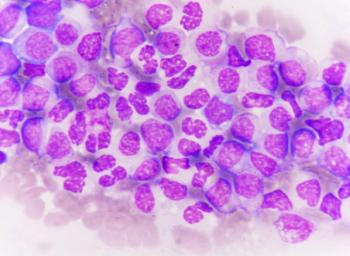
No minimal residual disease-negativity was observed with tuspetinib in patients with AML, including in a patient with more than 7 months of follow-up data.
![We have the current CAR [T-cell therapies], which target CD19; however, we need others.](https://cdn.sanity.io/images/0vv8moc6/cancernetwork/6d5ddb2c2098f525a65b378ece6ca55a114f95fc-2974x1660.png?w=350&fit=crop&auto=format)
Experts at the 2025 National ICE-T Conference discussed the need for improved management of toxicities in patients with leukemia.
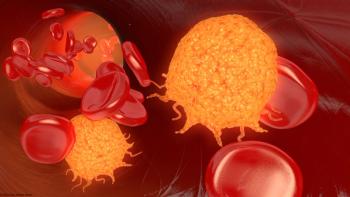
Leading experts gathered in Orlando, Florida, to discuss the current and future state of cellular therapy in oncology at the 2025 ICE-T Symposium.
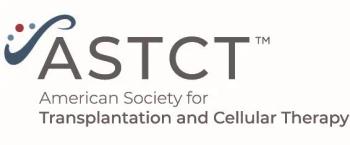
Researchers have identified the transcription factor CEBPA as a crucial regulator of immune recognition in acute myeloid leukemia.
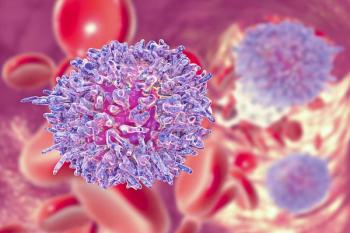
Data from the phase 3 BRUIN CLL-314 trial show a progression-free survival trend favoring pirtobrutinib compared with ibrutinib in patients with CLL/SLL.

AMPLIFY trial results form the basis of the submission, with venetoclax/acalabrutinib showing a PFS advantage vs chemoimmunotherapy in patients with CLL.

Ibrutinib tablets will become available at 140 mg, 280 mg, and 420 mg for patients with chronic lymphocytic leukemia and Waldenström macroglobulinemia.

Results from the phase 1b/2 FELIX trial demonstrated that obe-cel was efficacious and safe as therapy for relapsed/refractory B-cell precursor acute lymphoblastic leukemia.

The FDA has asked tambiciclib’s developer to start a trial investigating the combination in front-line acute myeloid leukemia.
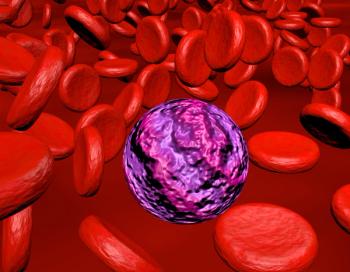
A PDUFA date for decitabine/cedazuridine and venetoclax in newly diagnosed AML has been set for February 25, 2026.

Current data support prospective studies comparing IDH triplet vs IDH doublet therapies among patients with IDH-mutant acute myeloid leukemia.

The FDA has set a Prescription Drug User Fee Act date of October 25, 2025, for approving revumenib in this acute myeloid leukemia population.

Current findings from the phase 1/2 CaDAnCe-101 trial show no predictive factors of improved responses with BGB-16673 in patients with CLL or SLL.
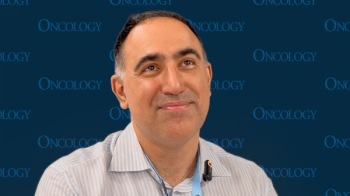
Multiple mutations and gene alterations make targeted therapy development more difficult for patients with AML, according to Amir Fathi, MD.

Bexobrutideg, a novel BTK degrader, demonstrated preliminary clinical activity and a consistent safety profile in patients with relapsed/refractory chronic lymphocytic leukemia.






